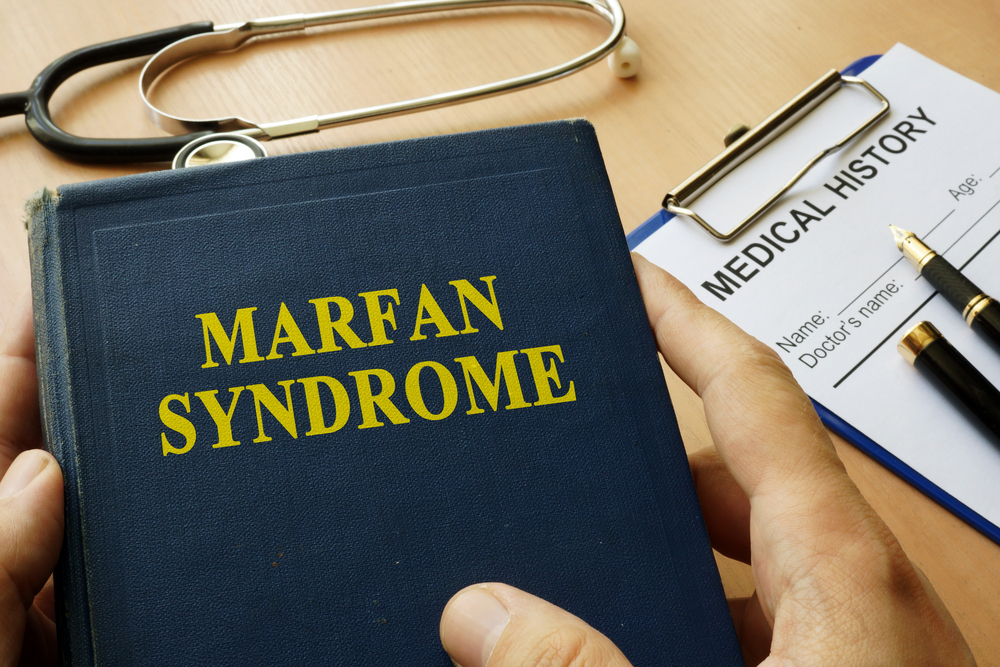Marfan’s syndrome is an inherited connective tissue disease that affects how the body grows. Connective tissue supports the bones and all the other organs of your body. Any disease that affects your connective tissue will have an outcome on your entire body, including your organs, tissues, skin, eyes, and heart.
Other features of this disorder are a tall and lanky height, loose joints, huge and flat toes, and excessively lengthy fingers. This disease happens among people of any age or race, male or female. This disease arises in about one in 5,000 persons.
Marfan’s syndrome is a genetic disorder. The genetic imperfection occurs in a protein referred to as fibrillin-1, which accomplishes an important role in the development of your connective tissue. The defect also leads to the overgrowth of bones, leading to lengthy limbs and tall height.


